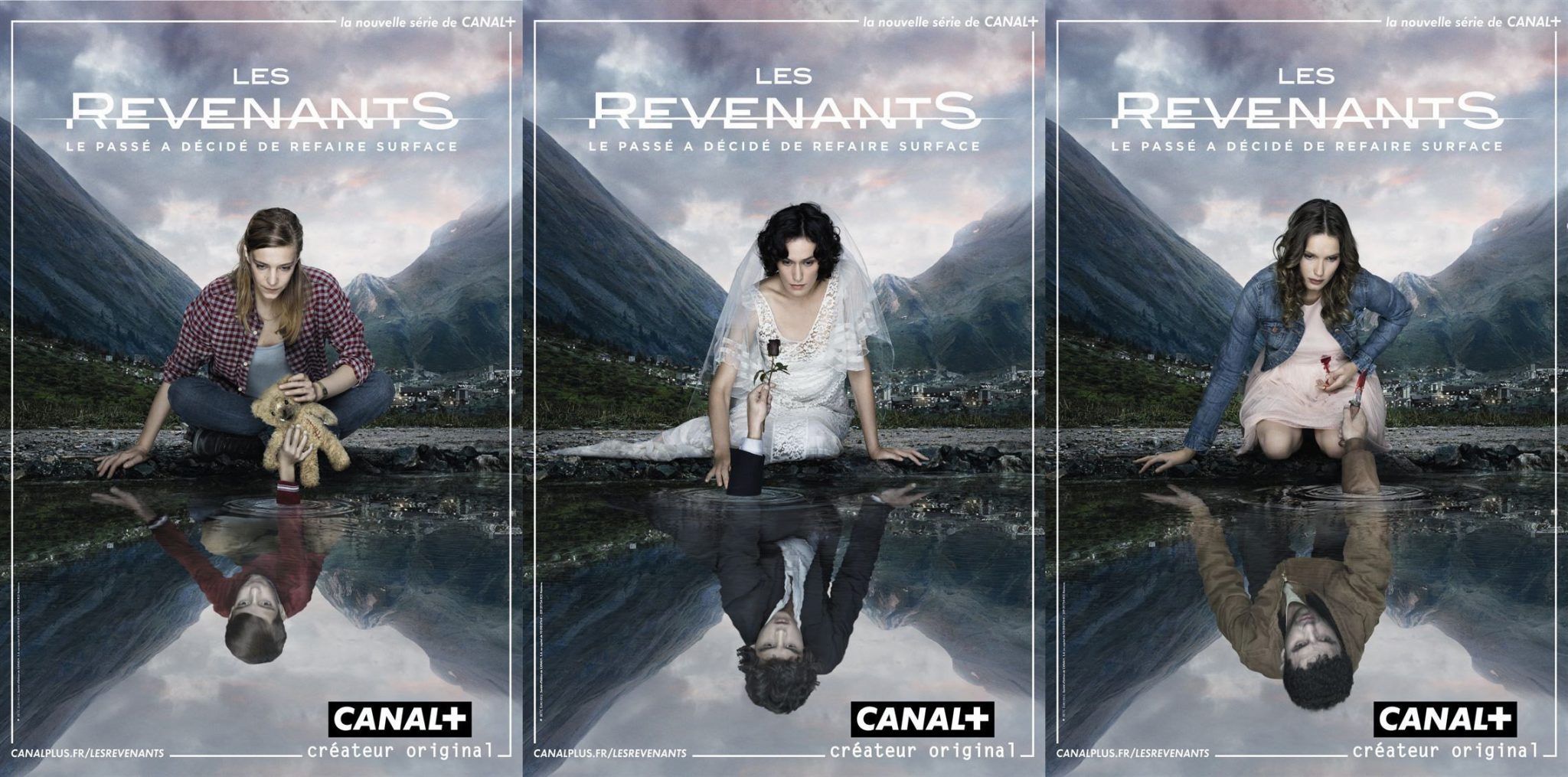
“In the 21st century, it is essential for TV shows to offer their audiences multiple meanings” – evaluate this claim with reference to Les Revenants
Knee jerk reaction
it is essential for TV show to offer audiences multiple meanings for the purposes of power and profit
OR
Les Revenants offers the audience no discernible meaning, and with a total lack of anchorage, remains completely meaningless. Discontinuous
Plan
Representation
Anchorage
Ideology
Stereotypes
Polysemy
Cultivation of ideology
Intertextuality
Hegemonic norms and values
Bus scene - teenagers
Stabbing scene - horror fans
Setting
Flashbacks
Soundtrack - Mogwai
Polysemic
Aidience
Intertextuality
Hegemony
Ideology
Sexualisation
Preferred reading or lack of
Hermenurtic semiotic proairetic
Stuart hall
Henry Jenkins textual poaching
Stereotypes...Bridge murder
Intro car crash
Camille comes home
Introduction
Definition - Audience refers to the groups of people who consume media products. Audiences are essential to the producer, as through a process of targeting and mediation, they allow the producer to make a media product a financial success.
Argument - In order to do this, it is sometimes essential for a producer to target multiple niche audiences, in order to maximise profit. I shall argue that not only is it important for a TV show to offer audiences multiple meanings, it is in fact essential.
Context - In order to present this argument, shall use the example of the French cult horror/drama TV show Les Revenants. Les Revenants was released in 2012, screened on Canal +, and produced by Frabrice Gobert.
Key scene: Lena and Simon
- Presents a series of relatable characters for a presumed teenage secondary audience
- MES of Lena's skimpy clothing appealing to heterosexual men, relatable to young female audiences
- Setting: Graffiti, underpass, a relateable experience
- Moody Simon is potentially appealing to teenage girls, MES of suit
- Relatablity and textual poaching: Jenkins and fan theory
Key scene: Lena and Camille
- Lack of non-diegetic sound anchors the audience into a tense and deliberately uncomfortable scene, appealing to fans of horror and mystery
- Knocking on wall is hermeneutic codes, indicating to audience a dramatic and mysterious event. Deliberately confusing and challenging
- CU of Lena's emphasises the worried expression, highly atypical and a difficult and confusing reaction for the target audience
- Appeals to an older, adult audience through the realiatbility. Audiences may identify with the loss of a relative, and may take pleasure through the mid-shot of the family together and hugging
- Lena's Nirvana poster makes her more relatable to young fans of rock music
- MES of the house is stereotypically middle class, and demonstrates and point of relatability for audience
- Audience negotiation: pleasure at the family unit being reunited, or displeasure at the atypical and confusing reactions. A highly polysemic scene, targeting specific niche audiences